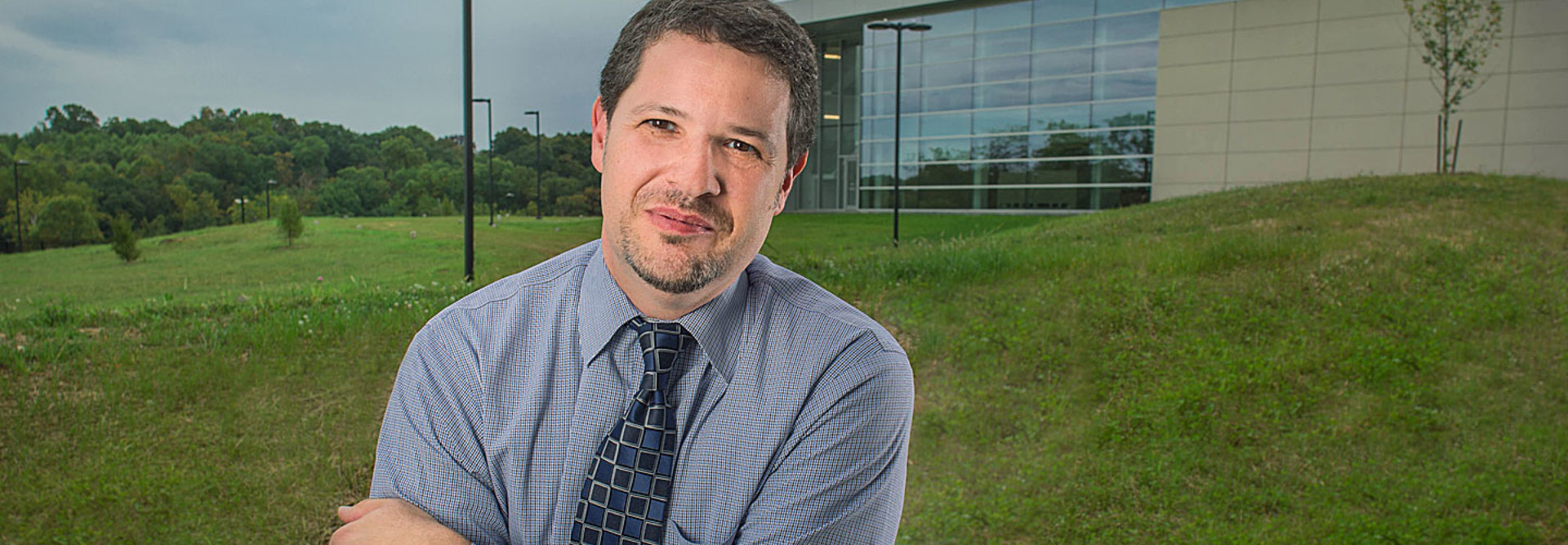Making Room for New Data Centers
The Social Security Administration's new data center project is "like rebuilding a plane while still in flight," says William Zielinski, SSA's CIO and deputy commissioner for systems.
More than 59 million U.S. residents will receive $863 billion in payments from SSA in 2014, and the agency plans to make good on all those transactions as it brings the new data center, located in Urbana, Md., online.
"Our goal is not to stop service to the public," says Zielinski. "Social Security recipients will not experience any interruption in their benefit payments during this transition."
The new data center is intended to do far more than just keep the checks going out. SSA officials expect it to improve efficiency, reliability and disaster readiness as well.
While many agencies are focused on moving IT resources to the cloud and consolidating their data centers, several others, such as Lawrence Berkeley National Laboratory and the National Security Agency, are joining SSA in rolling out massive new data centers, with a focus on optimizing operations by taking advantage of the latest technologies.
In October, Zielinski and his team started a 23-month migration to the new 300,000-square-foot, $489 million National Support Center. The new data center is roughly a half-hour drive from the agency's 35-year-old National Computer Center at SSA headquarters in Woodlawn, Md., near Baltimore.
Zielinski says SSA can make the transition because the vast majority of the computing infrastructure the agency will migrate to at the Urbana facility runs on up-to-date virtualized servers and storage. He says roughly 60 percent of the servers are virtualized on a mix of devices, including HP, IBM and Oracle servers. The agency also uses an IBM zEnterprise EC12 supercomputer for transaction processing.
The total storage capacity of the Social Security Administration's new National Support Center
SOURCE: SSA
The first phase of the migration, October 2014 through March 2015, will focus on the IT infrastructure. In the second phase, April 2015 through August 2016, all production applications will migrate. The cutover for mainframe and open-systems environments and applications will take place on nights and weekends during nonproduction times. During the migration period, both the National Support Center and the old facility near Baltimore will continue to coprocess production operations and will appear to users as one logical data center. Zielinski says the IT migration will conclude in the summer of 2016, and the old facility will no longer operate as a data center.
"One of the main differences between the new data center and the old facility in Woodlawn is how we'll approach power and cooling," Zielinski explains.
Instead of using a hot aisle/cold aisle strategy, in which cool air flows under a raised floor, Zielinski says SSA will employ hot-aisle containment. Under this more energy-efficient method, the containment prevents the hot air from mixing with the cold. Zielinski estimates that the energy measures employed at the facility will save roughly $626,000 annually in electricity costs.
Zielinski says SSA also predicts that the 5-acre photo-voltaic field will produce 2.3 million kilowatt-hours of electricity per year, reducing total energy costs for the new data center.
Energy-Efficient Science
Much like the SSA's National Support Center, the new, $145 million, 140,000-square-foot Computational Research and Theory Facility at Lawrence Berkeley National Laboratory in Berkeley, Calif., has also been built with energy efficiency in mind.
Bill Tschudi, leader of the lab's high technology and industrial systems group, says traditionally air-cooled systems used inefficient computer room air conditioners and chilled water plants, adding that these are things of the past for high-performance computing.
The new systems, supercomputers from companies such as IBM, have built-in liquid cooling. Air-cooled equipment in the building will use ambient air, taking advantage of the cool temperatures in the Berkeley area.
"We'll bring in air from the outside," says Tschudi. "Over the past couple of years, liquid cooling has become the norm for supercomputers, and it's just a matter of time before standard business data centers will use liquid cooling as well."
The new data center at Lawrence Berkeley Lab, which will open early next year, will focus on high-performance computing for computational-intensive projects such as climate research, genomics and space exploration. The facility will house about 300 employees and bring together many of the programs of the Computing Sciences Division of Lawrence Berkeley National Laboratory, including collaboration with the University of California, Berkeley.
"Imagine, if you will, black holes in space; the supercomputers will help us create and evaluate models to understand the universe," Tschudi says.
Utah Bound
As part of the Comprehensive National Cybersecurity Initiative established in January 2008, the National Security Agency was charged with delivering a front-line defense against the full spectrum of threats to the country's networks and critical national infrastructure.
The NSA's new 1.5 million-square-foot Utah Data Center is a part of this initiative. The initial contract for the facility, based at Camp Williams on about 200 acres near the Great Salt Lake, was for $1.2 billion. The final cost has not been disclosed, though the government anticipates a savings of $100 million from various cost efficiencies and strict project control.
Even its location, thousands of miles from the nation's capital, provides a significant benefit. "The geographic displacement of this capability from the Washington, D.C., area makes it more survivable in the event of a man-made or natural disaster," says an NSA spokeswoman Vanée Vines.









